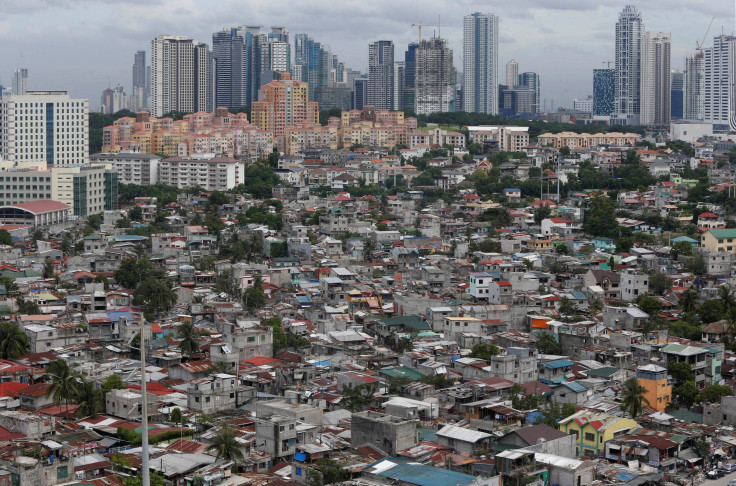Commuting Becomes A Nightmare In Manila As Mass Transit System Breaks Down

Any major metropolitan city will have issues with traffic and for Manila, the largest city in the Philippines, this is especially true. For commuters, the term nightmare comes to mind especially after a breakdown in the city’s Mass Transit System.
Just before noon last Thursday a rectifier-transformer located between two Light Rail Transit-2’s (LRT-2’s) stations caught fire causing a shutdown of train services. The LRT-2 is a 16.75-kilometer line that serves 11 stations. It is the only line in the train system in Metro Manila that runs in an east-west direction. It has been in service since 2003.
About 200,000 people use the train daily and while partial service has been restored, only five trains are running through half the stations. Repairs are expected to take at least nine months and possibly longer if needed materials are not procured on a timely basis.
The Metropolitan Manila Development Authority is trying to ease the situation by offering free bus rides to commuters affected by the temporary shutdown, but this will still leave a lot of people looking for alternate ways to get to and from work and to other destinations.
The “finger-pointing” started soon after the fire. The activist group Bayan, an alliance of left-wing Philippine organizations, issued a statement that the country is in a "mass transport crisis."
Malacañang (the presidential mansion and residence often used as a metonym for the president and his advisers) maintained there is no mass transportation crisis in Metro Manila, despite complaints from commuters.
A spokesperson for the president, Salvador Panelo, said [in a translation] that, “It seems like we're not in a mass transportation crisis. People can still reach their destinations.” He advised people to simply leave for their destinations early when asked about the increased travel time for riders. For some, their commute is now seven hours due to the breakdown.
Panelo tried to focus attention on the trains saying they are in better condition. In another statement he said “[Translated] Before the trains bogged down every day, now they bog down once a week. That's a huge improvement.”
He also said the LRT Authority (LRTA) must improve its services. "You're not maintaining it properly. The management of LRT should know how to respond to this” the spokesperson added.
The Department of Transportation (DOTr) said the claims about the existence of a transport crisis were based on incidents involving other lines and that the LRT-2 breakdown was "not of our own making.". The department issued a statement saying, “[Translated] We encourage our countrymen to resort to helping each other, rather than finger-pointing and blaming each other. Let's help each other solve this problem.” It is also noteworthy that the Philippines supposedly has a 20-year infrastructure backlog of work.
© Copyright IBTimes 2024. All rights reserved.





















